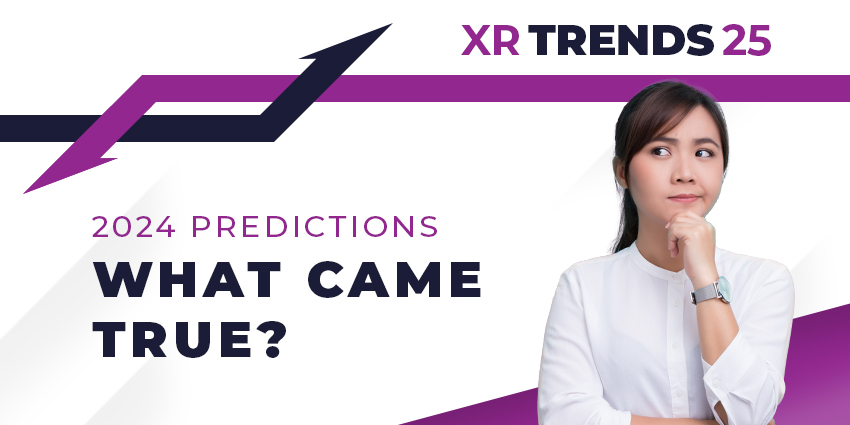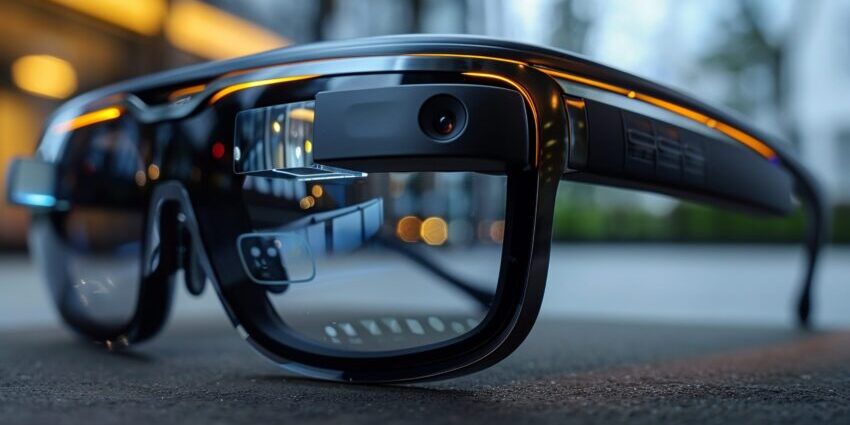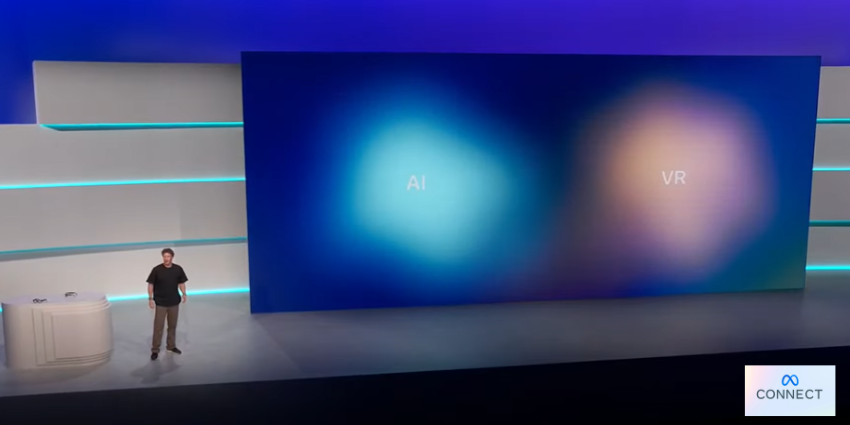As 2024 closes, we look back at XR predictions for the year, examining which forecasted trends came to fruition and setting the stage for upcoming 2025 predictions from XR industry leaders. Immersive technology has undergone significant evolution this year, with developments particularly around mixed reality (MR), augmented reality smart glasses, and spatial computing, driven by giants like Apple, Meta, and HTC.
Key 2024 Predictions that Materialized
The Mainstream Moment for XR Devices
The release of the Apple Vision Pro in 2024 marked a critical milestone for XR’s mainstream adoption. Apple’s flagship device not only generated significant consumer interest but also pushed the entire industry forward by increasing demand for immersive, user-friendly devices. Industry experts, including Ultraleap CEO Tom Carter, noted that Vision Pro’s design and interaction-focused UX—where gestures replace complex inputs—set new standards for immersive interaction, fostering a more comfortable, accessible user experience. The headset’s success inspired competitors and helped establish MR as a primary technology, with applications in productivity, gaming, and design seeing increased interest and adoption this year.
Enterprise Integration and Use Cases Expanding
The anticipated expansion of XR in enterprise settings took off in 2024, particularly within fields like training, remote collaboration, and industrial design. Mixed reality (MR) hardware and applications saw heightened interest among corporations seeking innovative tools for training and remote work, with companies leveraging platforms like Microsoft’s Azure MR service to enable remote rendering and spatial mapping. Real-world applications of MR also found traction in healthcare and industrial training, where immersive simulations provided practical, hands-on training environments.
XR Hardware Advancements and Increased Accessibility
2024 saw accelerated innovation in hardware, especially for mixed reality headsets that provide seamless switching between AR and VR modes. IDC reported a significant rise in XR headset shipments, spurred by Apple’s Vision Pro launch and improvements in Meta’s Quest portfolio. These devices offered enhanced eye and hand-tracking features, refining the user experience and setting new benchmarks for immersive technology. Additionally, spatial audio integration, seen across several device launches, became a key trend in enhancing the realism of virtual experiences, adding depth and precision to collaborative and interactive XR applications.
Moreover, augmented reality smart glasses are increasing in popularity as Meta is experiencing sales success with its first consumer product by way of its Ray-Ban partnership, especially in EU regions. AR wearables look to skyrocket in coming years, so watch that space.
Enhanced Software and Spatial Computing Growth
Alongside hardware improvements, XR software witnessed substantial advancements, with a focus on dedicated operating systems like visionOS. Software developments from major platforms like Microsoft Teams and Unity, which integrated MR solutions, facilitated virtual collaboration and remote assistance with immersive overlays and digital twins. These innovations provided enterprises with actionable data and real-time insights, transforming how teams engage with 3D models and conduct spatial mapping.
Emerging Content Creation and Interaction Tools
One of the most successful predictions was the development of new interaction models, especially in hand and eye-tracking. Companies like Ultraleap advanced these technologies to enhance XR experiences, while Meta’s progress in tracking software indicated a strong future for more interactive, physically responsive XR experiences. These developments helped transform how users interact with digital environments, signaling new possibilities for training, simulation, and remote operations.
Anticipating 2025: What’s Next for XR?
With XR accelerating across multiple fronts, industry experts forecast continued advancements in 2025, especially in areas such as enhanced AI integration for predictive user insights, increased XR applications in healthcare, and the proliferation of 5G-enabled cloud XR. As these technologies mature, XR’s role in enterprises and consumer markets alike will likely deepen, bridging digital and physical realities even further. We can expect more detailed predictions from XR leaders in the coming weeks, shedding light on how these new tools and use cases might redefine the immersive technology landscape in 2025.
Looking back, 2024 has been a pivotal year for XR, marked by several landmark advancements that signal a promising future. With the strong momentum of 2024 carrying into the new year, XR technology is poised to achieve new levels of adoption, innovation, and integration across industries.







